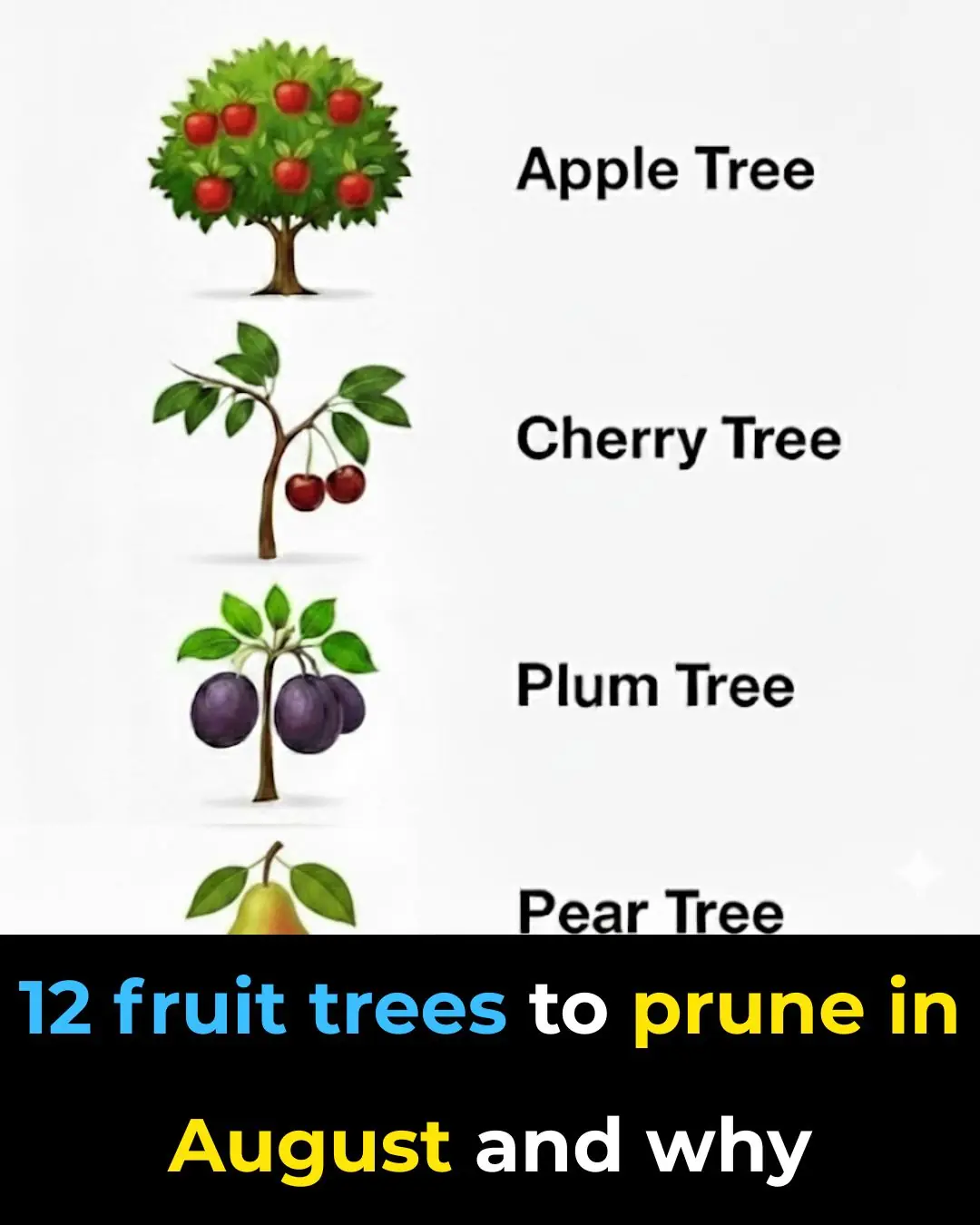
Is Broccoli Better Than Cauliflower? The Real Truth About Cancer Risk, Heart Health and More
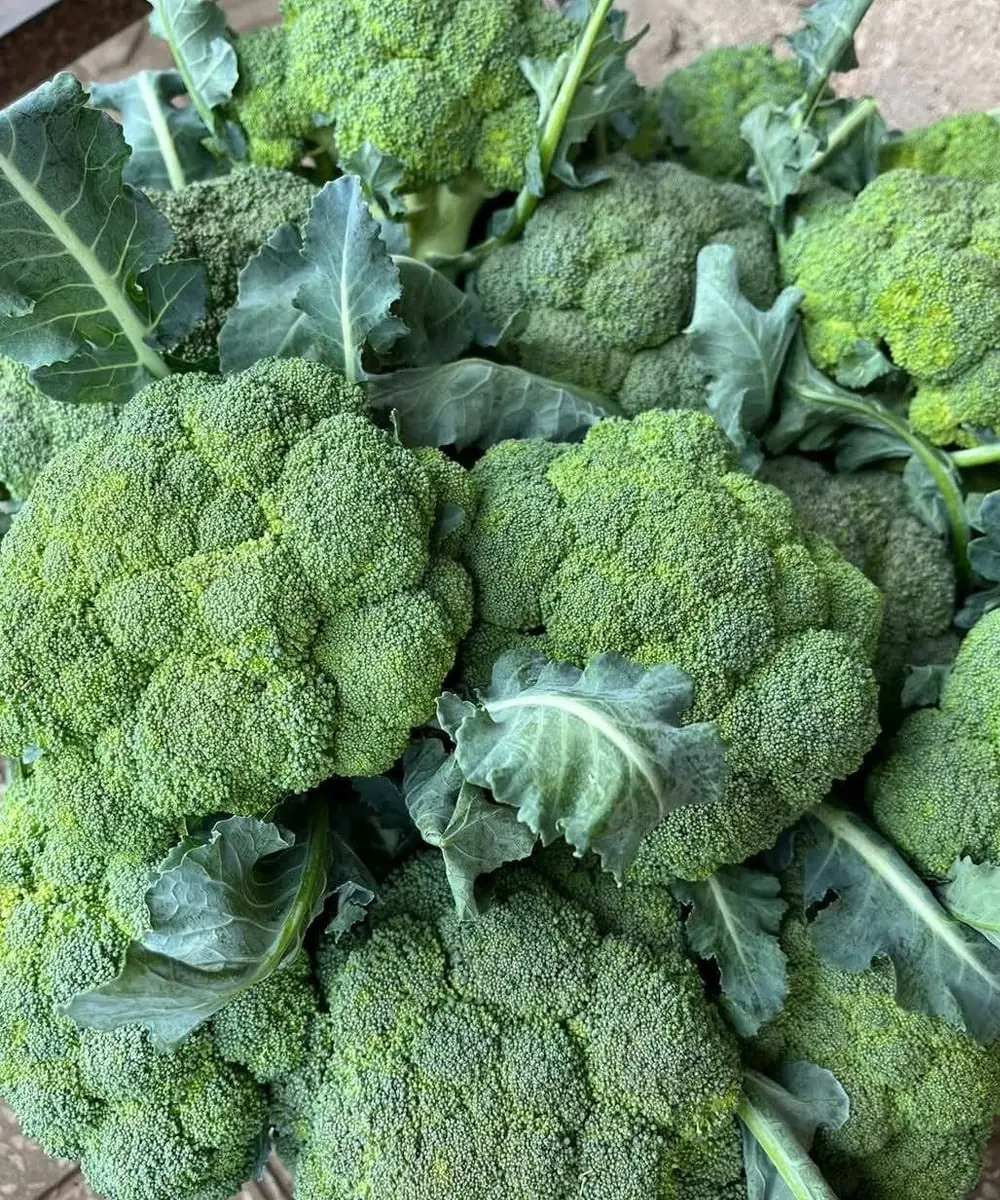
Cauliflower vs. Broccoli: Which One Is Truly Better for Your Health?
Cauliflower vs broccoli — two vegetables that look different on the surface yet share a remarkable number of similarities. Both belong to the cruciferous vegetable family and are direct relatives within the Brassica oleracea species. They also originated in the Mediterranean region of Europe and, for many people, were the childhood vegetables most likely to be pushed aside on the dinner plate—unless they were drowned in creamy cheddar cheese sauce.
There’s no question that both vegetables are nutrient-dense, versatile, and exceptionally healthy. Cauliflower is used in everything from low-carb pizza crusts to plant-based burgers, while broccoli stems and florets offer impressive nutritional value from top to bottom.
But the big question remains:
When comparing cauliflower vs broccoli, which one actually provides more health benefits?
To find out, let’s explore their nutrients, benefits, and how each veggie measures up.
Nutrition Comparison: Cauliflower vs Broccoli
Health experts recommend consuming at least five cups of cruciferous vegetables per week, with broccoli and cauliflower being two of the most accessible options. And the similarities between the two continue right into their nutrient profiles.
Below is a closer look at their vitamin, protein, calorie, and mineral content.
✅ Vitamins: Broccoli Takes the Lead
Both vegetables contain vitamins A, C, and K, but broccoli provides significantly more of all three.
Vitamin A & Vitamin C
These vitamins support immune function, collagen formation, and antioxidant protection.
A one-cup serving of cooked broccoli contains:
-
2,280 IU of vitamin A (46.6% of daily value)
-
123.4 mg of vitamin C (205.7% of daily value)
Meanwhile, a cup of cooked cauliflower contains:
-
21 IU of vitamin A
-
54.9 mg of vitamin C
Vitamin K
Vitamin K plays a crucial role in blood clotting and bone health.
-
Broccoli: 155.2 mcg
-
Cauliflower: 11.2 mcg
In addition, broccoli contains more vitamin E and more B vitamins, including:
-
Folate (B9)
-
Pyridoxine (B6)
-
Pantothenic acid (B5)
-
Niacin (B3)
-
Riboflavin (B2)
✅ Protein: Broccoli Delivers More
Protein is vital for muscle development, immune health, neurotransmitter function, and tissue repair. Although neither vegetable is a high-protein food, broccoli again comes out ahead.
-
1 cup cooked broccoli → 4.7 g protein
-
1 cup cooked cauliflower → 2.3 g protein
Considering their low calorie content, broccoli provides nearly double the protein per serving.
✅ Calories: Cauliflower Is Slightly Lower
For those watching calories, both vegetables are incredibly light — but cauliflower wins by a small margin.
-
1 cup cooked cauliflower → 29 calories
-
1 cup cooked broccoli → 44 calories
Both contain only around 0.55 g of total fat, making them ideal for weight-loss diets.
✅ Minerals: Broccoli Again Outshines Cauliflower
Cruciferous vegetables are excellent sources of essential minerals, and broccoli consistently contains higher concentrations than cauliflower.
| Mineral | Broccoli (1 cup cooked) | Cauliflower (1 cup cooked) |
|---|---|---|
| Calcium | 74.7 mg | 19.8 mg |
| Iron | 1.4 mg | 0.41 mg |
| Magnesium | 39 mg | 11.2 mg |
Broccoli also provides better amounts of:
-
Manganese
-
Potassium
-
Phosphorus
-
Zinc
Health Benefits of Broccoli
Broccoli is widely considered a nutritional powerhouse, and scientific studies consistently support its health benefits.
✅ Anti-Cancer Properties
Broccoli contains sinigrin, a sulfur-rich compound that helps produce powerful phytonutrients called isothiocyanates, known for detoxifying carcinogens.
Other compounds that make broccoli anti-cancer include:
-
Indole-3-carbinol: helps neutralize harmful estrogen metabolites, particularly in breast tissue.
-
Glucoraphanin: converts into sulforaphane, one of the most researched antioxidant compounds for cancer prevention.
-
Sulforaphane: supports liver detoxification and enhances the elimination of carcinogens.
✅ Heart Health
Broccoli contributes to cardiovascular wellness in multiple ways:
-
Sulforaphane reduces inflammation in blood vessels.
-
Fiber helps lower LDL (“bad”) cholesterol.
-
Potassium supports healthy blood pressure.
-
Omega-3s, magnesium, folate, and B vitamins assist in heart function and circulation.
✅ Helps Fight Harmful H. pylori Bacteria
Research shows that sulforaphane in broccoli and broccoli sprouts may help eradicate H. pylori, the bacterium responsible for many stomach ulcers and increased gastric cancer risk.
Human and mouse studies have demonstrated significant reductions in:
-
H. pylori colonization
-
Inflammation markers
-
Gastric damage biomarkers
✅ Eye Health
Broccoli supports vision due to the antioxidants lutein and zeaxanthin, which defend against cataracts and oxidative eye damage.
✅ Other Benefits
Broccoli also supports:
-
Bone strength
-
Osteoporosis prevention
-
Weight management
-
Reduced acidity thanks to its alkalizing properties
Best Ways to Eat Broccoli
Broccoli is best enjoyed lightly steamed or eaten raw to preserve nutrients. You can also incorporate it into soups, salads, stir-fries, and grain bowls.
(Recipes included later in this article.)
Health Benefits of Cauliflower
Although broccoli has higher nutrient density, cauliflower has its own impressive list of benefits.
✅ Anti-Cancer Activity
Cauliflower contains:
-
Glucosinolates,
-
Thiocyanates, and
-
Sulforaphane,
all of which help the liver neutralize carcinogens.
A review of six cohort studies and 74 case-control studies found that cruciferous vegetables were associated with lower cancer risk in 64% of cases.
✅ Heart Health
Cauliflower supports cardiovascular wellness due to its content of:
-
Folate and vitamin B6, which lower homocysteine levels
-
Omega-3 fatty acids, which help reduce inflammation
-
Vitamin C, potassium, magnesium, and B vitamins
The presence of allicin also provides additional protection against heart disease and stroke.
✅ Digestive Support
Cauliflower promotes healthy digestion through:
-
2.28 g of fiber per cup
-
Sulforaphane, which protects the stomach lining
-
Anti-inflammatory glucosinolates, which may help conditions like IBS, IBD, Crohn’s, ulcerative colitis, and metabolic disorders
Cauliflower’s vitamin K and omega-3s also help regulate inflammation in chronic conditions.
✅ Detoxification Support
Its glucosinolates (gluconasturtiin, glucoraphanin, glucobrassicin) activate liver enzymes that help the body detox.
Best Ways to Eat Cauliflower
Cauliflower can be:
-
Lightly steamed
-
Roasted
-
Mashed as a potato alternative
-
Added to soups, curries, and stir-fries
A popular preparation is cauliflower mash, made from steamed cauliflower, garlic, herbs, and sea salt blended until creamy.
So… Is Broccoli Better Than Cauliflower?
Yes — nutritionally, broccoli is the winner.
Broccoli surpasses cauliflower in:
✅ Protein
✅ Fiber
✅ Calcium
✅ Iron
✅ Magnesium
✅ Vitamins A, C, and K
Where does cauliflower win?
✅ Lower calories
But overall, both vegetables are excellent, nutrient-dense, low-pesticide foods that fit into almost any healthy diet.
Are There Downsides?
Both vegetables may cause:
-
Gas
-
Bloating
-
Digestive discomfort
This is common with high-fiber vegetables and is generally harmless.
Note:
Broccoli’s high vitamin K content may interfere with blood-thinning medications.
5 Delicious Ways to Add Broccoli to Your Daily Diet
1. Chopped Broccoli Salad
Finely chop broccoli and carrot, then mix with avocado, tomatoes, olives, olive oil, and lemon.
2. Creamy Broccoli Soup
Simmer onion, celery, potatoes, and broccoli, then blend with almond milk, nutritional yeast, and nutmeg.
3. Tamari Broccoli with Sunflower Seeds
Sauté broccoli in coconut oil, drizzle tamari, then finish with sunflower seeds.
4. Vegan Broccoli Mac and “Cheese”
Combine cooked pasta and steamed broccoli with a creamy cashew-based cheese sauce.
5. Oven-Roasted Broccoli
Roast florets with olive oil and sea salt at 400°F until lightly browned.
If you'd like, I can also:
✅ simplify the article,
✅ turn it into a social-media post,
✅ make an infographic version, or
✅ rewrite it in your preferred tone (scientific, friendly, SEO-optimized, etc.).
News in the same category

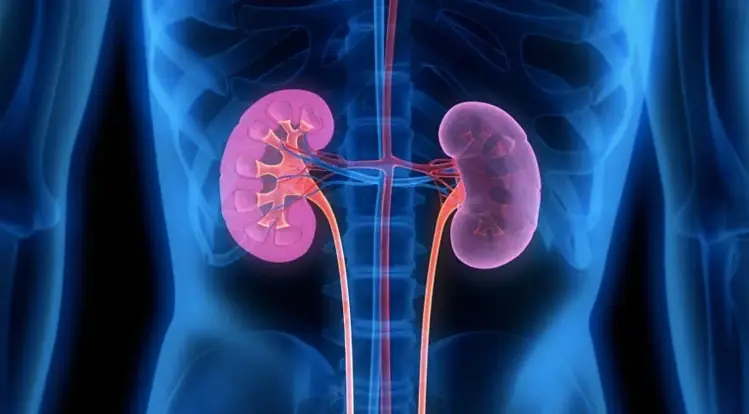
5 Signs of Kidney Failure That, If Ignored, Could Lead to a Lifetime of Dialysis
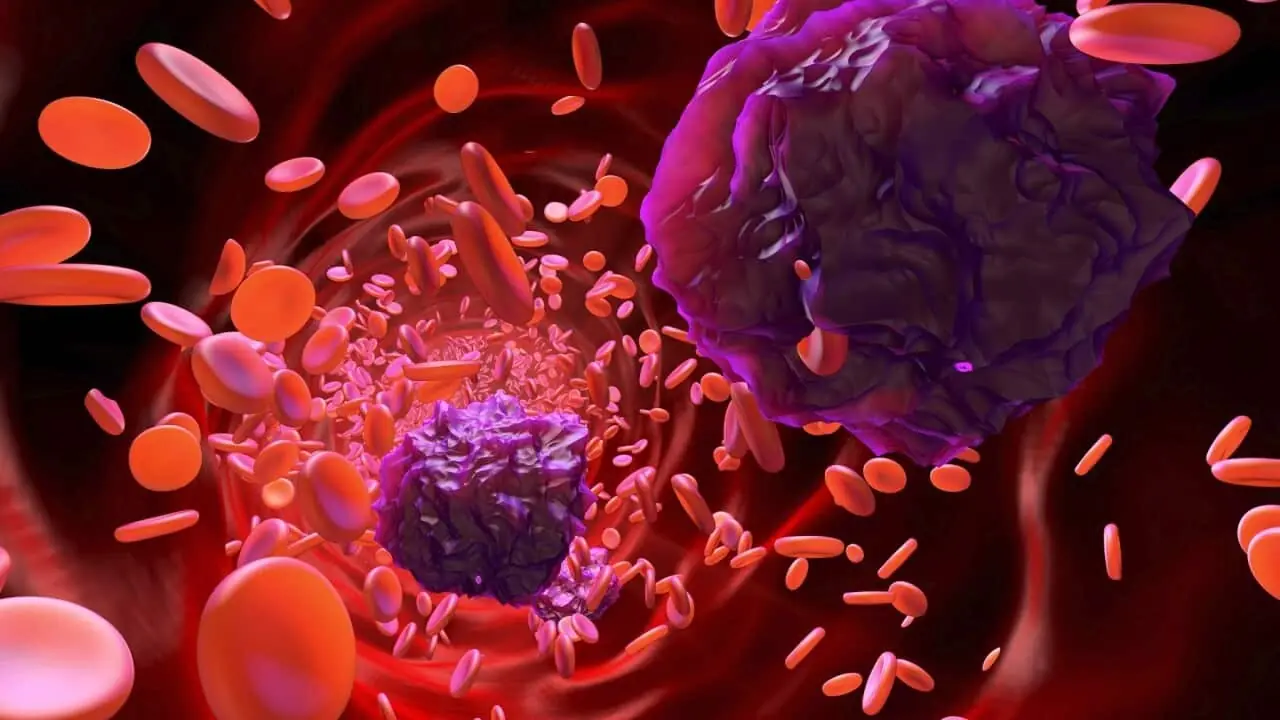
Is Cancer Hereditary? Useful Advice to Prevent the Growth of Cancer Cells
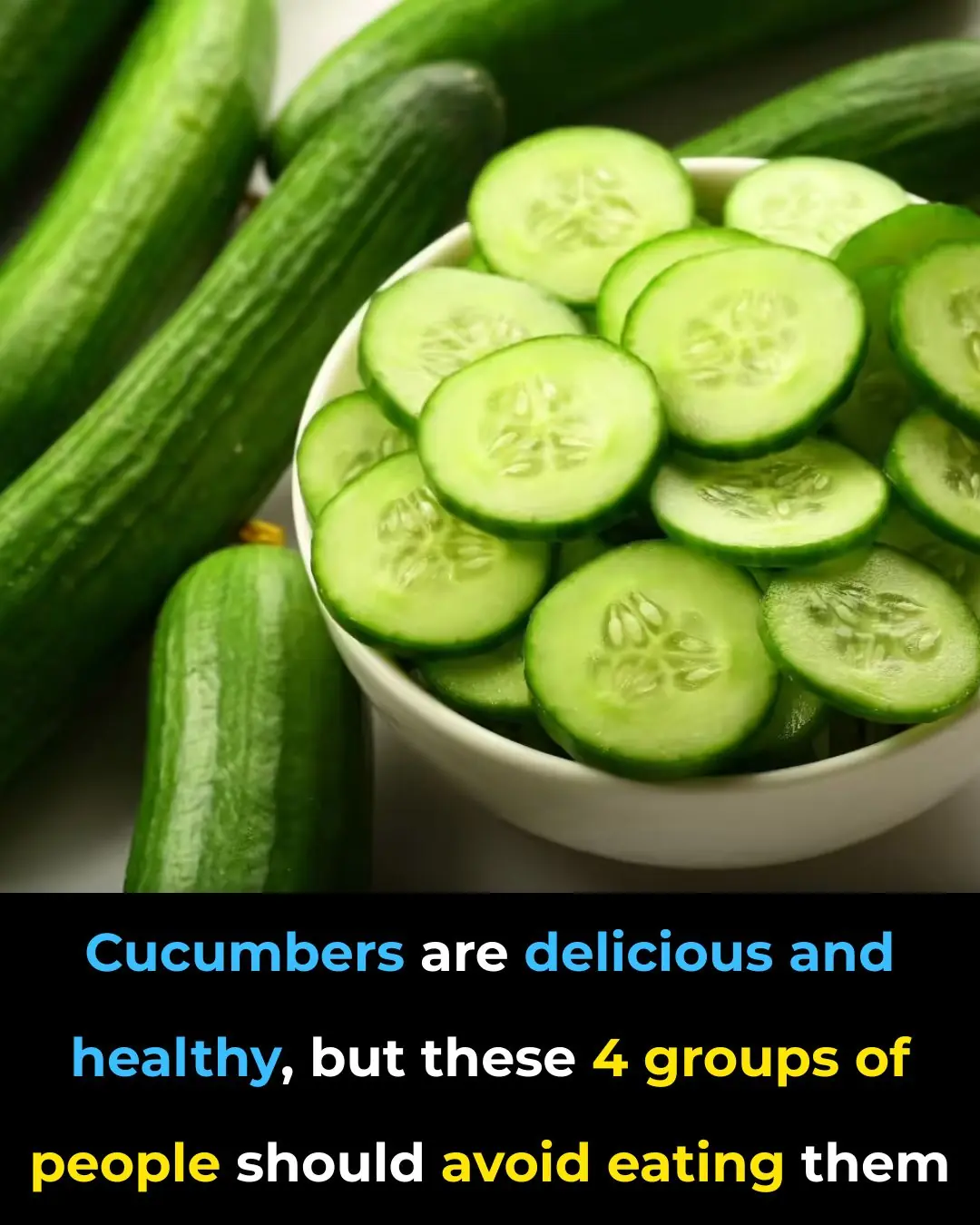
4 types of people who should avoid eating cucumbers

10 Warning Signs It’s Time to Cut Back on Caffeine

Legs Feeling Weak? These 3 Drinks Can Bring Back Your Strength

Mix These 3 Before Bed — They Help Heal Your Arteries While You Sleep

Stop Sleeping Like This — It’s Ruining Your Spine!
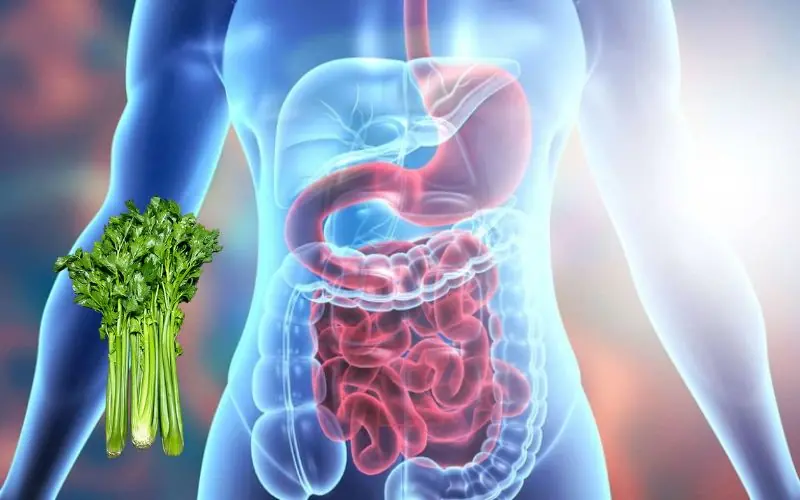
Eat Celery Regularly for a Healthier Digestive System and Lower Blood Sugar Levels

What Your Feet Can Reveal About Your Blood Pressure, Thyroid And Arthritis Risk
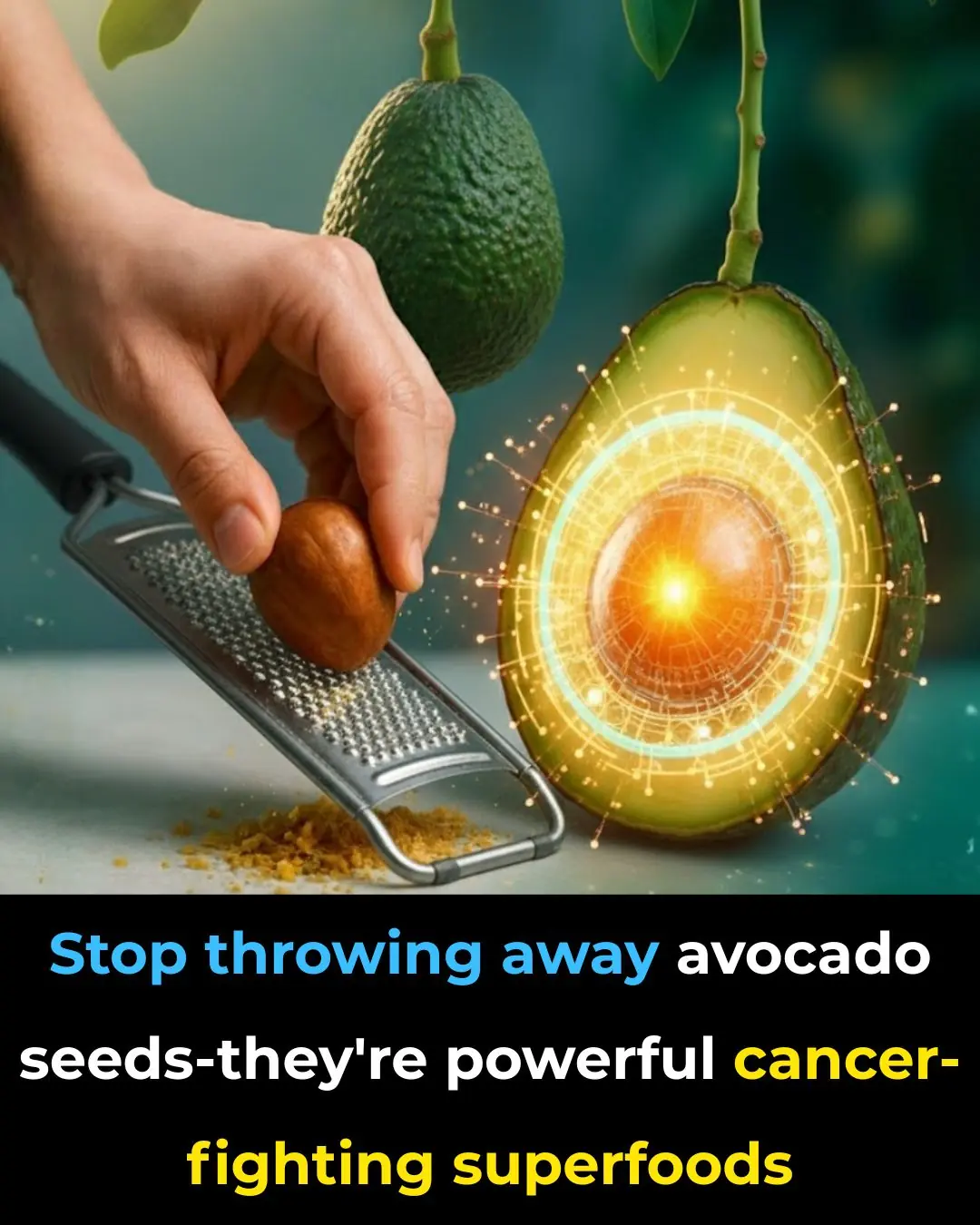
Stop Throwing Away Avocado Seeds: They’re Potent Cancer Fighters!

Why You Should Drink THIS Warm Turmeric Water In The Morning

Does The Inside Of Your Ear Itch
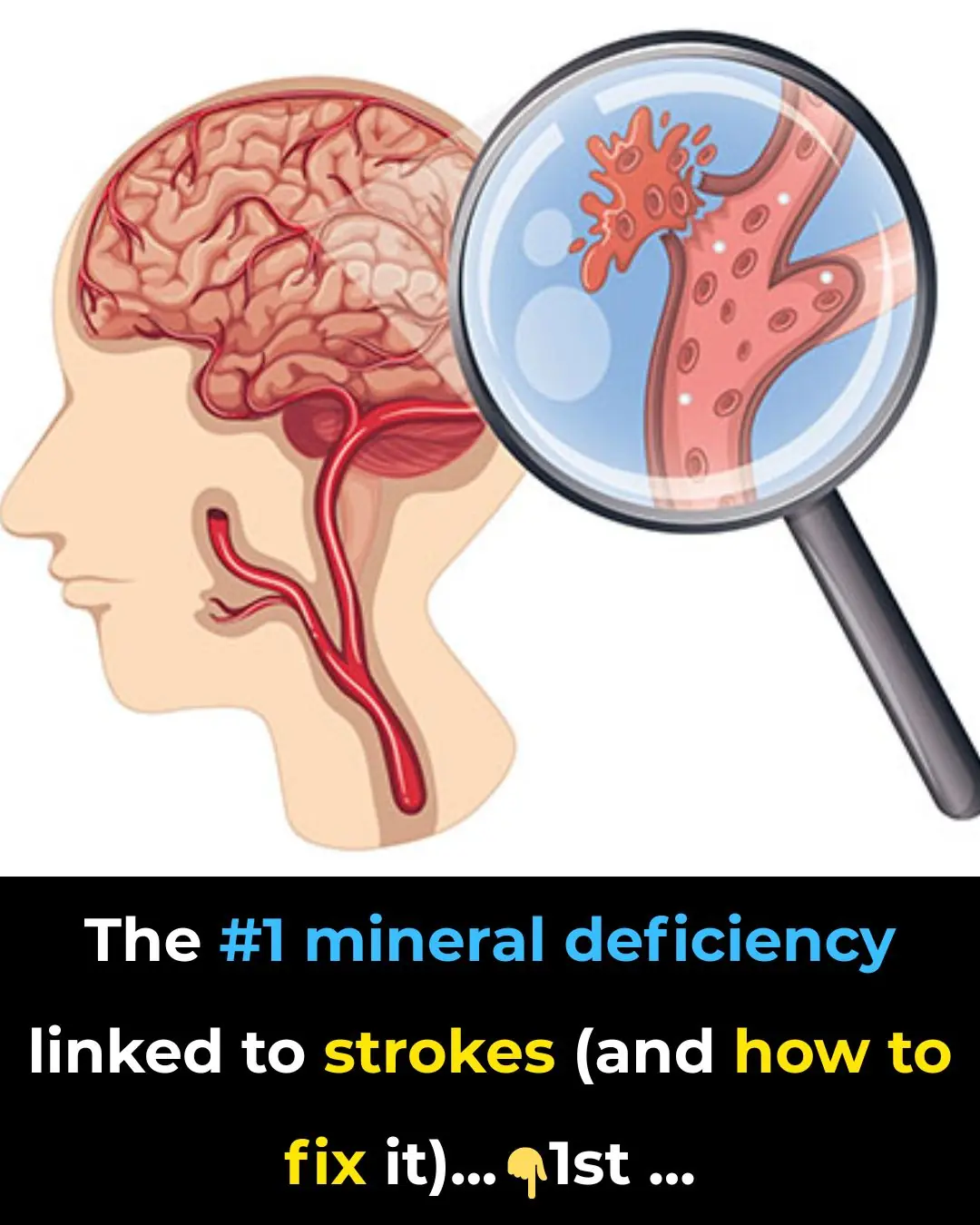
The #1 mineral deficiency linked to strokes (and how to fix it)

Top 8 vitamins that boost testosterone

Eat 3 dates daily and these 6 things will happen to your body!

What Your Belly Is Trying to Tell You
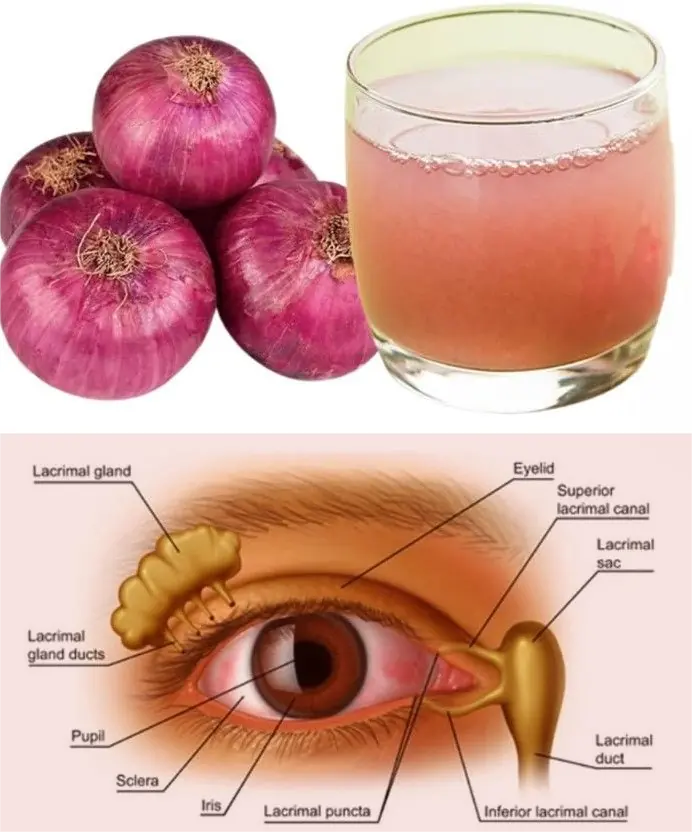
Can Onion Juice Gently Support Eye Health? A Natural Tip to Try

Bed Bugs Hate This! How Diatomaceous Earth and Cloves Can Wipe Them Out
News Post

5 Signs of Kidney Failure That, If Ignored, Could Lead to a Lifetime of Dialysis

Is Cancer Hereditary? Useful Advice to Prevent the Growth of Cancer Cells

4 types of people who should avoid eating cucumbers

10 Warning Signs It’s Time to Cut Back on Caffeine

Scientists Reveal Interoception, the Amazing Sixth Sense of Humans

Stop throwing out old hoses. Here are 10 brilliant hacks to use them around the house

Shaun Wallace’s heartbreak over tragic family death: ‘I watched him physically degenerate’

EXCLUSIVE: Kerry Katona 'upset' over 'selfish' Katie Price as cracks show in friendship

You’re doing it all wrong. Here’s the right way to clean air vents

Big Brother fans fume ‘she can't get away with this’ as they slam housemate

My nana taught me this hack to get rid of lawn burn from dog pee in 5 mins with 0 work. Here’s how it works

You're doing it all wrong. Here’s the right way to store milk and dairy
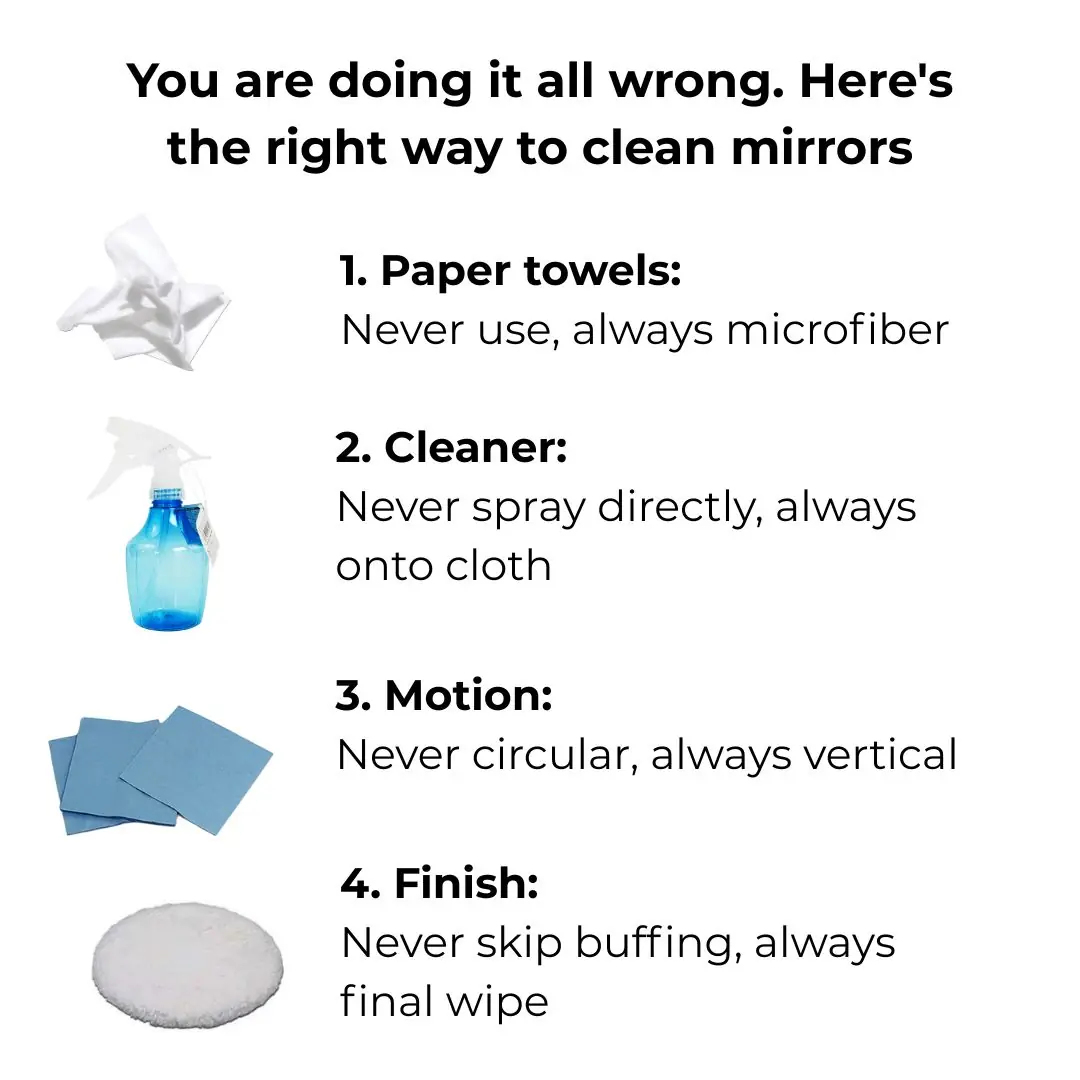
You are doing it all wrong. Here's the right way to clean mirrors
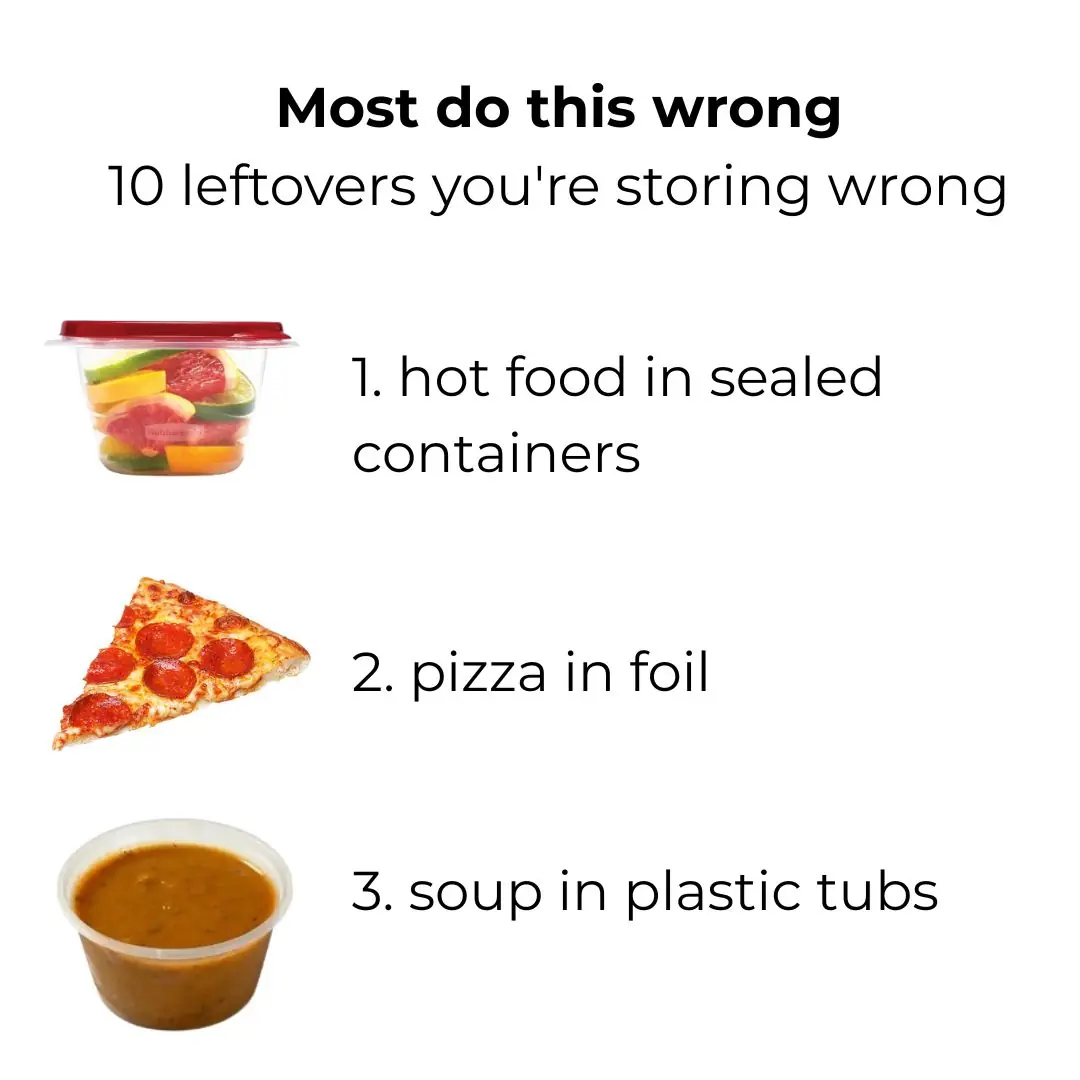
Most do this wrong. 10 leftovers you’re storing wrong

Delicious and crispy onion salt, you can keep it all year round without worrying about scum, just make it this way, whoever eats it will remember it forever

You are doing it all wrong. Here's the right way to store cleaning supplies

My nana taught me this hack to whiten yellow pillows in 5 mins with 0 work. Here’s how it works

3 ultimate recipes using Vaseline & lemon to erase dark spots, clear acne and glow skin

These Seeds Can Do Magic On Your Hair
